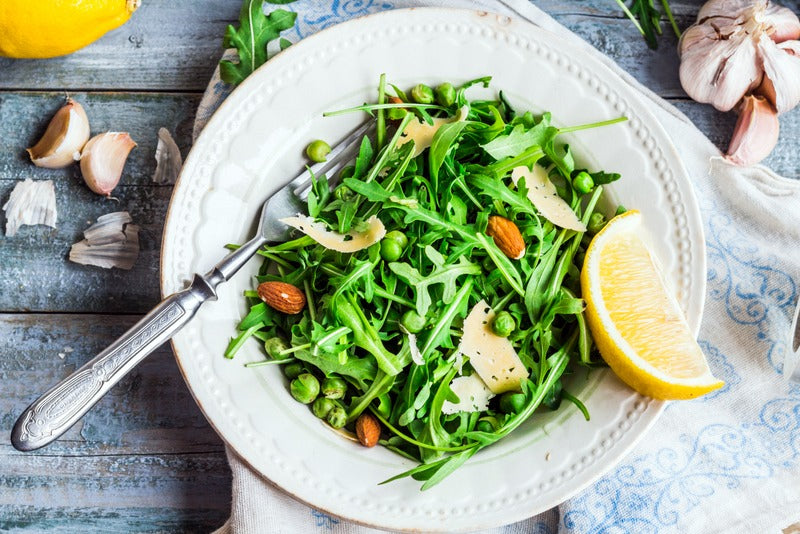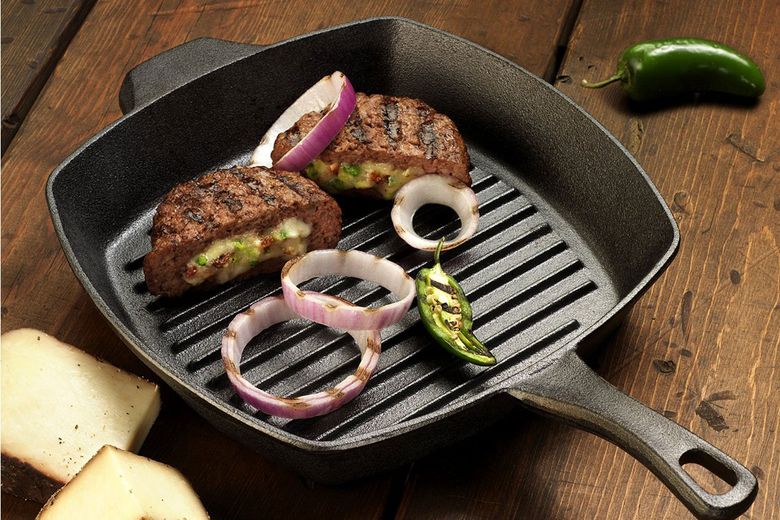Palm oil is a widely used ingredient in kitchens all over the world. As a kitchen professional, understanding how palm oil is extracted can help you make informed decisions about the products you use and advocate for more sustainable practices. In this article, we'll explore the intricacies of how is palm oil extracted, diving into various methods, their impacts, and the benefits and challenges faced by the industry.

The Origins of Palm Oil
Before diving into how is palm oil extracted, it's important to understand its origins. Palm oil is derived from the fruit of oil palm trees, which are predominantly grown in tropical regions such as Indonesia and Malaysia. These regions provide the perfect climate for oil palms to thrive, leading to a significant portion of the world's palm oil supply.
The Importance of Palm Oil
Widely used in both food and non-food products, palm oil is a key ingredient in many household products, from margarine and chocolates to soaps and cosmetics. Its versatility and high yield make it a preferred choice for manufacturers.

Methods of Extracting Palm Oil
There are several methods used in how is palm oil extracted, each with its own advantages and challenges:
1. Traditional Methods
Traditional methods of extracting palm oil have been used for centuries. These methods are often labor-intensive and involve minimal machinery. Here's a brief overview:
- Harvesting: The process begins with harvesting the ripe fruit bunches from the oil palm trees.
- Threshing: The fruit is separated from the bunches using a process called threshing.
- Digesting: The fruit is then mashed or digested to break down the pulp and release the oil.
- Pressing: The mashed fruit is pressed to extract the crude palm oil.
- Clarification: The extracted oil is clarified to remove impurities.
2. Modern Mechanical Methods
Modern mechanical methods have significantly improved the efficiency of extracting palm oil, making it more commercially viable. These methods involve advanced machinery and technology:
- Sterilization: The fruit bunches are sterilized using steam to prevent fermentation and facilitate fruit removal.
- Stripping: The sterilized fruit is stripped from the bunches using mechanical threshers.
- Digesting: Similar to traditional methods, the fruit undergoes mashing or digesting.
- Pressing: The digested fruit is pressed using mechanical presses to extract the crude oil.
- Clarification: Modern clarifiers use centrifuges to separate the oil from water and impurities.
3. Extraction by Solvent
Another method in how is palm oil extracted involves the use of chemical solvents. This process is usually reserved for high-yield operations and involves the following steps:
- Pre-treatment: The palm fruit is dried and ground to a fine consistency.
- Solvent Extraction: A solvent, typically hexane, is used to dissolve the oil from the fruit pulp.
- Solvent Recovery: The oil-solvent mixture is processed to evaporate and recover the used solvent, leaving behind pure crude oil.

Environmental and Social Implications
The extraction and production of palm oil have significant environmental and social impacts. The high demand for palm oil has led to large-scale deforestation and habitat loss in tropical regions, affecting biodiversity and contributing to climate change. Additionally, there are concerns about labor practices in the industry, including human rights abuses and poor working conditions.
Sustainable Palm Oil Practices
As a kitchen professional, it is crucial to support and advocate for sustainable palm oil practices. Look for products certified by organizations such as the Roundtable on Sustainable Palm Oil (RSPO), which ensures that palm oil is produced in an environmentally and socially responsible manner.

Benefits of Palm Oil
Despite the challenges, palm oil has several benefits that make it a valuable ingredient:
- High Yield: Palm oil has a higher yield compared to other vegetable oils, making it more efficient to produce.
- Stability: It has a high melting point and stability, making it suitable for various culinary applications.
- Nutritional Value: Palm oil is rich in vitamins A and E, which are beneficial for health.
Applications in the Kitchen
Palm oil is a versatile ingredient that can be used in a variety of culinary applications, from frying and baking to salad dressings and marinades. Its stability at high temperatures makes it an excellent choice for deep-frying, and its neutral flavor allows it to blend seamlessly into various dishes.
Challenges in the Palm Oil Industry
While palm oil offers numerous benefits, the industry faces several challenges, including:
- Environmental Impact: The deforestation and habitat loss associated with palm oil production have raised significant environmental concerns.
- Labor Practices: There are ongoing issues related to labor exploitation and human rights abuses within the palm oil supply chain.
- Market Fluctuations: The price of palm oil can be volatile, affecting the stability of the industry.
Future of Palm Oil
As the demand for palm oil continues to rise, the industry must navigate several challenges and opportunities. Innovations in sustainable practices, such as zero-deforestation commitments and improved labor conditions, are essential for the industry's future. Additionally, alternative sources of sustainable palm oil, such as lab-grown palm oil, are being explored to reduce the environmental impact.
Advocating for Change
As a kitchen professional, you have the power to influence positive change in the palm oil industry. By choosing products that are certified sustainable and supporting brands that prioritize ethical practices, you can contribute to a more responsible and sustainable palm oil supply chain.
FAQs about Palm Oil Extraction
1. What is the primary source of palm oil?
Palm oil is primarily extracted from the fruit of oil palm trees, which are mainly grown in tropical regions such as Indonesia and Malaysia.
2. How can I ensure the palm oil I use is sustainable?
Look for products certified by the Roundtable on Sustainable Palm Oil (RSPO) or other reputable certification bodies. These organizations ensure that palm oil is produced in an environmentally and socially responsible manner.
3. What are the nutritional benefits of palm oil?
Palm oil is rich in vitamins A and E, which are beneficial for health. It also has a high melting point and stability, making it suitable for various culinary applications.
For more information on sustainable palm oil practices, you can visit the official website of the Roundtable on Sustainable Palm Oil (https://rspo.org/).
Additionally, you can learn more about other sustainable practices such as how to clean a commercial kitchen thoroughly on the PartsTown website.
As an Amazon Associate, I earn from qualifying purchases.






Leave a comment
This site is protected by hCaptcha and the hCaptcha Privacy Policy and Terms of Service apply.